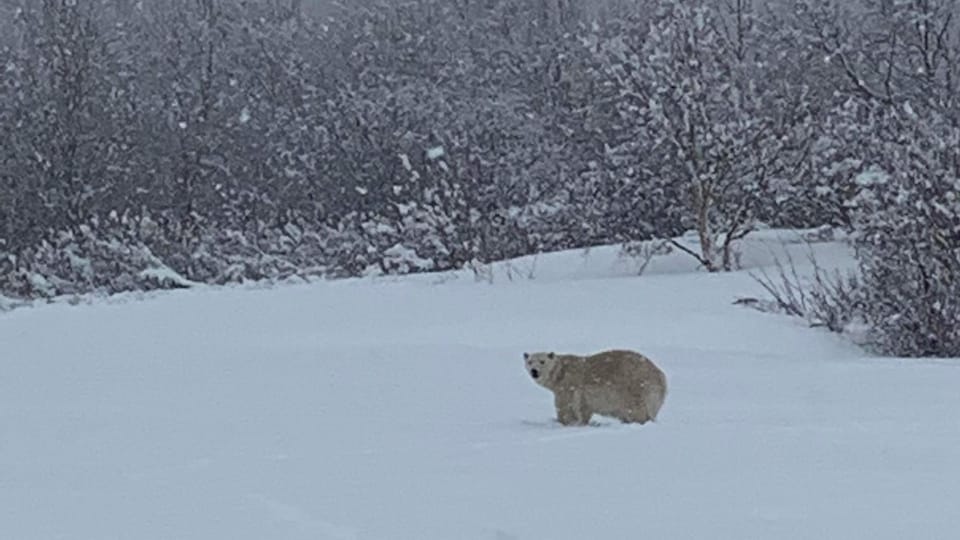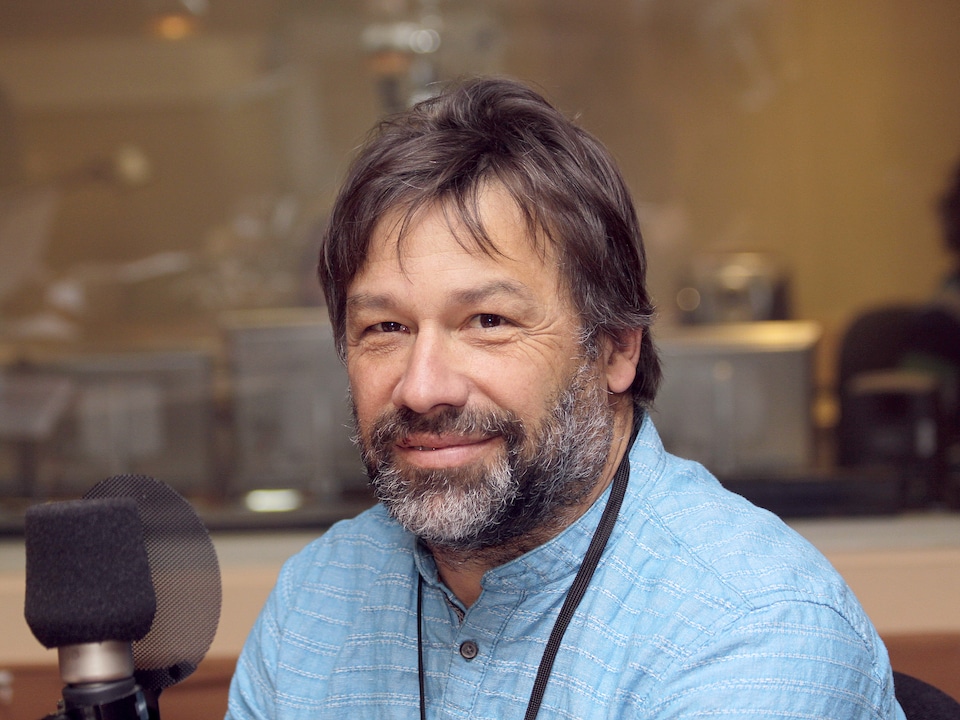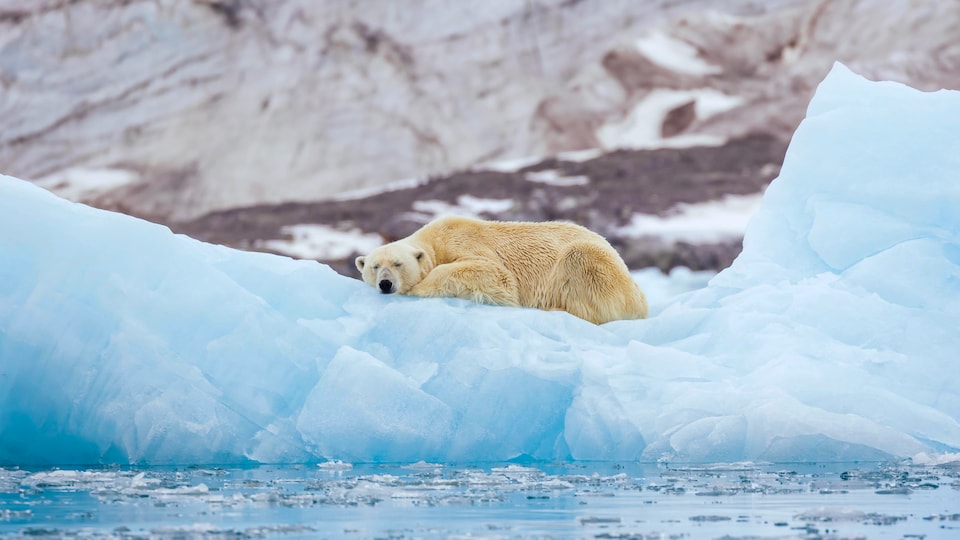The decision to shoot the polar bear was taken jointly by the Sûreté du Québec (SQ), agents and biologists from the Protection de la faune du Québec in addition to officials from the Ministry of Forest, Wildlife and Parks. (MFFP).
It’s not the easy way out
justifies the commander of the south-eastern district of the Protection of wildlife in Quebec, Sylvain Marois.
Whether it’s black bears, moose or white-tailed deer, we’re equipped. We put them to sleep and move them because it’s wildlife we’re used to working with
he says.
This time, the intrusion of a polar bear on the peninsula is exceptional.
Sylvain Marois assures that if the animal had been on the North Shore, wildlife officers could have tried to push it back to its natural habitat. Something that turned out to be impossible on the south bank of the river.
Biologist and professor at the University of Quebec in Rimouski (UQAR) and holder of the Canada Research Chair in Northern Biodiversity, Dominique Berteaux, confirms that the presence of the animal would have posed a security issue on the territory. The marine mammal lives near the coast, an area frequented by humans.
Even if it is not an animal that is by nature dangerous, the fact remains that, in a situation like this, the risks are great.
notes Mr. Berteaux.
Could the animal be put to sleep and moved?
The scenario of putting the polar bear to sleep and finding a way to move it was considered by the response teams.
However, the company was too dangerous and risked compromising public safety, assures Sylvain Marois, especially if the doses to put the animal to sleep were not properly estimated.
We are used to black bears, which are much smaller
specifies the wildlife protection officer.
” We couldn’t take the chance to anesthetize the animal and miss. It could have been dangerous for the population afterwards. »
Dominique Berteaux confirms that such an operation is not technically not impossible
but is still very difficult.
To put an animal to sleep, it is on the ground that we judge. You have to be close enough and be in good conditions. Afterwards, transportation is quite an adventure!
he assures.
In these particular conditions, in the Gaspé, he understands the decision to kill the predator.
For his part, the director general of the Quebec section of the Society for Nature and Parks (SNAP Quebec), Alain Branchaud, also shares this opinion.
The trained biologist, who has worked in the past on the development of Environment Canada’s species at risk program, adds that the decision to go with a really very expensive intervention must take into account the state of the population [de l’espèce].
” For the moment, [l’ours polaire] is not a threatened or endangered species. »
The director of SNAP Quebec argues that it would not be justified to spend hundreds of thousands of dollars in a very risky business to try to keep a single animal.
It is not necessary that, for an individual, we collectively invest quantities of money which go [par la suite] prevent us from having a better understanding of the issues and saving the species as a whole
contextualizes the biologist.
According to the biologist, polar bear populations are relatively stable
, with more than 10,000 individuals in Canada. Since 2011, the polar bear has been designated as special concern
under the Species at Risk Act from Canada.
A consequence of climate change
It’s still a so-called species of concern that lives with a Damocles sword [au-dessus de la tête] with climate disturbances and the future of sea ice
adds Alain Branchaud.
According to him, more species are likely to go astray due to climate change.
He believes that this type of event should motivate the population to make individual and collective decisions to counter the effects of climate change and ensure the survival of biodiversity.
” The polar bear has become, rightly or wrongly, the symbol of the impacts that climate change could have on biodiversity. »
In this regard, Greenpeace Canada regrets the absence of solid legislation for the protection of biodiversity in Canada. The organization has also launched a petition to put pressure on Ottawa in this regard.
When we protect a habitat, we are not protecting one species, but several. We must therefore have this broader approach
argues Greenpeace spokesperson Olivier Kölmel.
The organization also requires the State to create of an arctic sanctuary
to stop oil drilling in the region where polar bears live and calls for the adoption of a treaty at the United Nations (UN) to protect at least 30% of the oceans.
Reference-ici.radio-canada.ca



